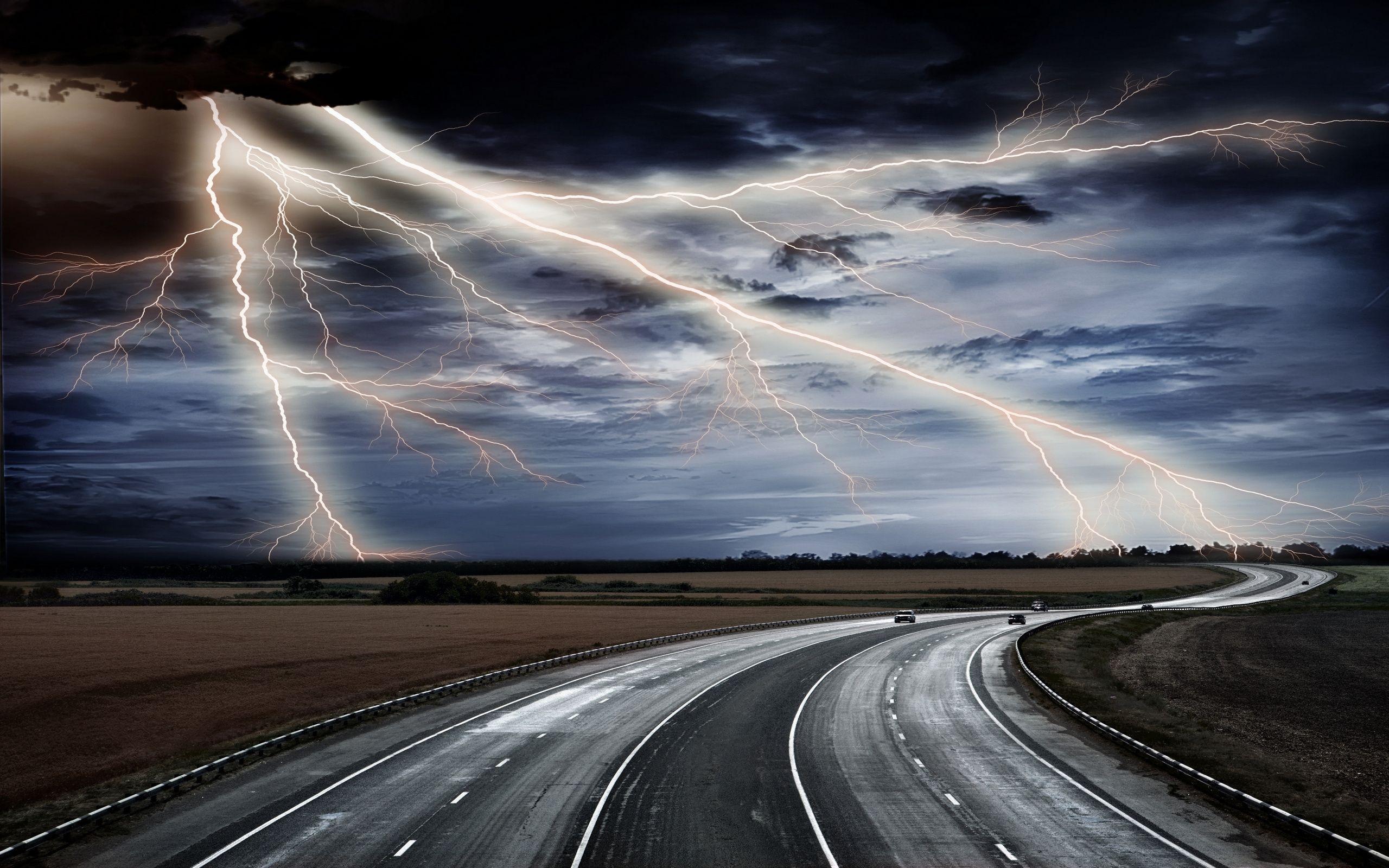Bad weather can have significant effects on our daily lives, impacting everything from travel plans to agricultural productivity. In this article, we will explore what constitutes bad weather, the various types of weather phenomena associated with it, and how individuals and communities can prepare for and respond to these adverse conditions. Understanding bad weather is critical, especially in today's world where climate change is making weather patterns increasingly unpredictable.
As we delve into the complexities of bad weather, we will highlight various aspects such as the causes of severe weather events, the impact on human activities, and essential safety measures. This comprehensive guide is aimed at equipping readers with the knowledge needed to navigate and respond effectively to bad weather situations.
Let us embark on this journey to understand bad weather and its implications, ensuring that we are better prepared to face whatever nature throws our way.
Table of Contents
- 1. Definition of Bad Weather
- 2. Types of Bad Weather
- 3. Causes of Bad Weather
- 4. Impact of Bad Weather on Society
- 5. Preparing for Bad Weather
- 6. Responding to Bad Weather
- 7. Conclusion
1. Definition of Bad Weather
Bad weather refers to meteorological conditions that are deemed unfavorable or hazardous to human activities. This can include a variety of phenomena such as heavy rainfall, snowstorms, high winds, and extreme temperatures. The classification of bad weather often depends on the local context and the potential impact on health, safety, and economic activities.
2. Types of Bad Weather
Bad weather can manifest in numerous forms, each with unique characteristics and implications. Understanding these types can help in identifying appropriate responses and preparations.
2.1 Storms
Storms are perhaps the most recognizable type of bad weather. They can vary in severity from mild rain showers to violent hurricanes. Key features of storms include:
- Heavy precipitation
- Strong winds
- Thunder and lightning
2.2 Extreme Temperatures
Extreme temperatures can also be classified as bad weather. This includes both extreme heat and cold, which can pose health risks such as heatstroke or hypothermia.
- Heatwaves: Extended periods of excessively high temperatures.
- Cold snaps: Sudden drops in temperature often accompanied by frost or snow.
2.3 Floods
Flooding can result from heavy rainfall, storm surges, or melting snow. It can lead to significant property damage and loss of life. Key points about floods include:
- Flash floods: Sudden and intense flooding that occurs within minutes or hours.
- River floods: Gradual flooding that occurs over a longer period of time.
2.4 Droughts
Droughts are characterized by prolonged periods of abnormally low rainfall, leading to water shortages. This can have devastating effects on agriculture and water supply.
3. Causes of Bad Weather
The causes of bad weather are complex and often interrelated. Major factors include:
- Atmospheric pressure changes
- Temperature fluctuations
- Geographical features such as mountains and bodies of water
- Human activities, such as climate change
Climate change, in particular, is altering weather patterns, leading to more frequent and severe weather events.
4. Impact of Bad Weather on Society
Bad weather can have profound effects on society, including:
- Disruptions to transportation and travel
- Economic losses in various sectors
- Health risks associated with extreme weather conditions
- Environmental impacts, such as soil erosion and habitat destruction
5. Preparing for Bad Weather
Preparation is crucial in mitigating the negative effects of bad weather. Here are some steps individuals and communities can take:
- Stay informed through weather forecasts and alerts.
- Develop an emergency plan that includes communication and evacuation strategies.
- Stock up on essential supplies such as food, water, and medications.
6. Responding to Bad Weather
In the event of bad weather, it is essential to respond appropriately. Key responses include:
- Following official guidance and evacuation orders.
- Ensuring personal safety and that of others.
- Helping those in need, such as the elderly or disabled.
7. Conclusion
In conclusion, understanding bad weather is vital in today’s world. By recognizing the types of bad weather, their causes, and their impacts, we can better prepare and respond to these challenges. We encourage readers to stay informed, make safety a priority, and share this knowledge with others. Your comments and experiences regarding bad weather are welcome!
Thank you for reading! We hope you found this article informative and encourage you to visit our site for more articles on weather and safety preparedness.



